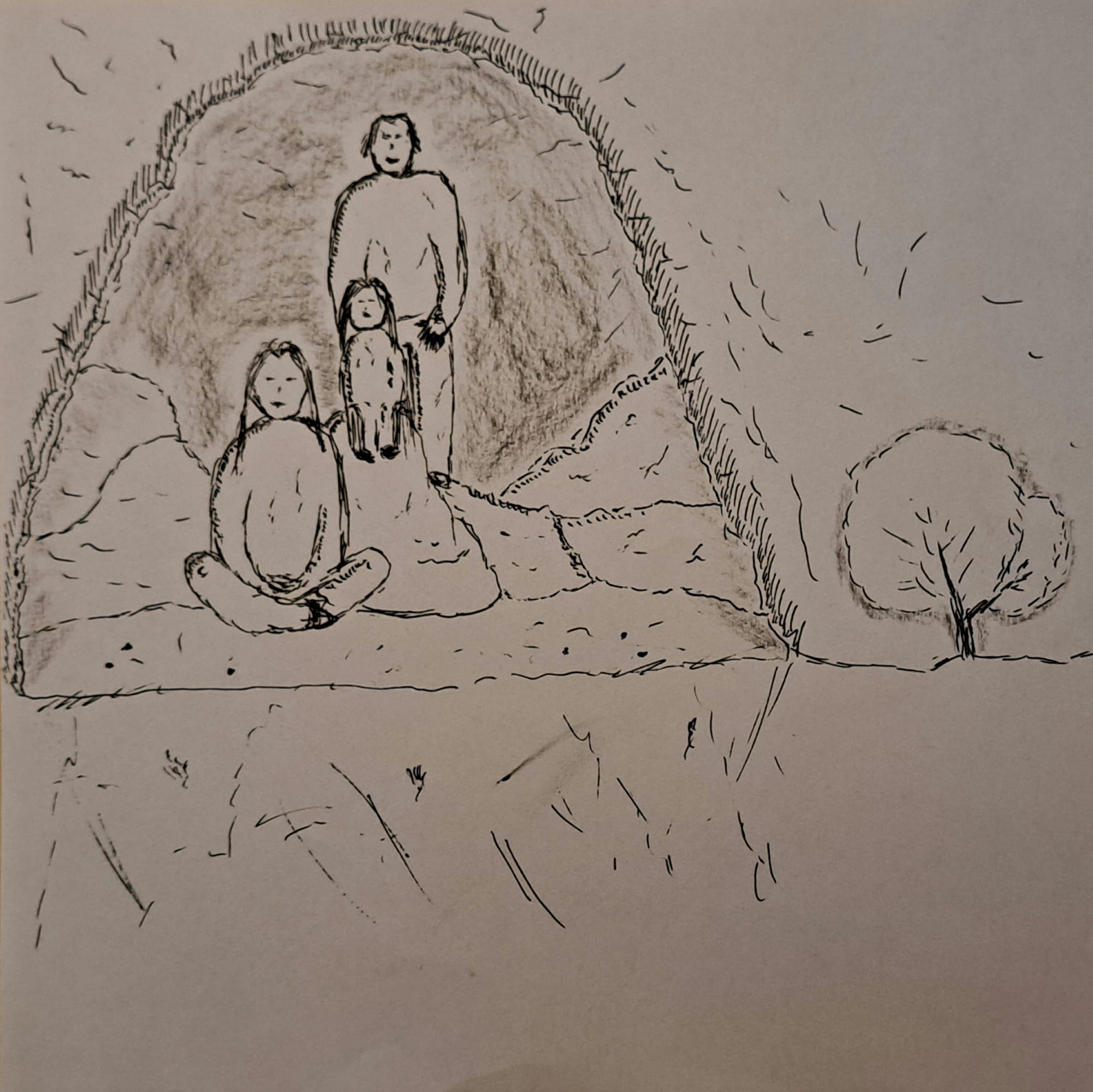Nuclear Family Is Not A Given
Western civilisation has been qualifying a man, a woman and their child as the epitome of a family diagram.

New data using DNA from victims of the Pompeii eruption has highlighted the distorted conception our civilisation has been attempting to impose nuclear family as the forever and unique and culturally superior vision of family.
The DNA obtained on the corpses still intact from the eruption and the plaster cast has shown people in arms found under the same roof thought to be a parent and their child are not related. First of all, adoption was a trend at the time explaining some parenthood not being blood relationship. While we can deconstruct the idea on nuclear blood-related families leaving their final moments in each other's arms, it does not necessarily mean households at the time were a mix of individuals living together. The reality is roman households were also the home of slaves and it was common practice for masters and slaves to live with their families together under the same roof.
A vision commonly applied to even prehistoric times
However, the fact remains pop culture and general history (mostly shared through education) has labelled these people petrified in agony as lovers, parents and children when they are not genetically related. The vision of nuclear families modern history has bled into any reference to past family nucleus. Viewing representations of neanderthals or the first modern homo sapiens as parents with their child while one of the reasons for mankind's betterment was to establish a home base helping those sick or hurt within the same community.
Another fact remains that mixing among different species of Hominins was common, meaning recombination of communities happened, especially within the Homo Sapiens species, where individuals of another species would be welcomed inside the group. As prehistoric trade existed, notably in the Rhone Valley, where hominins on each bank were producing their own style of carved and examples of each styles were found on both banks. Not only do this mean connections existed between different groups with exchanges and trade were common, but Homo Sapiens came to occupy a cave in the valley at the same time neanderthals did.
Including individuals foreign to the community demonstrates the strategy of survival chosen by homo sapiens was based on diversity of individuals, as neanderthals did before them. This strategy aims at taking care of the weakest, were they children or frail or injured individuals; and not a constrained nucleus cemented by fear of the other.

